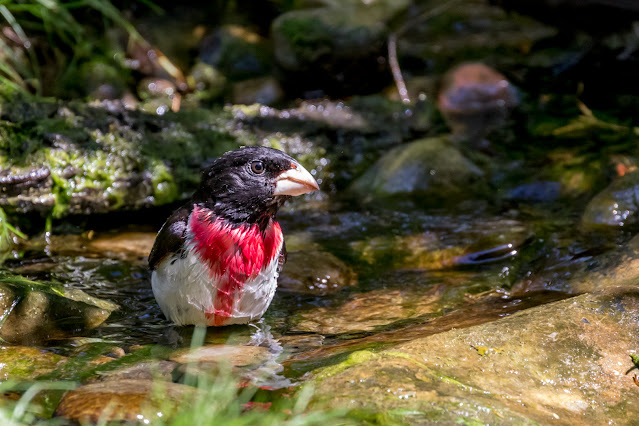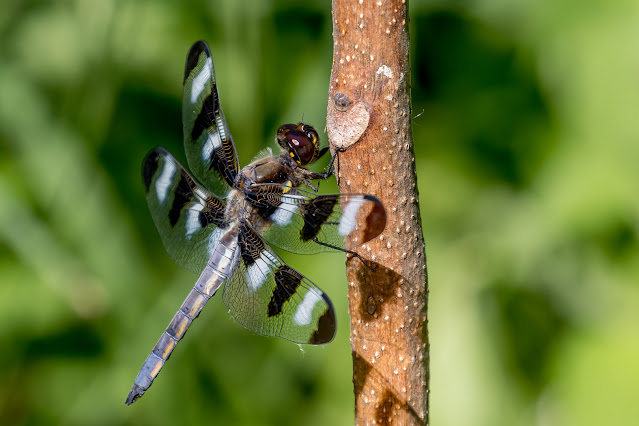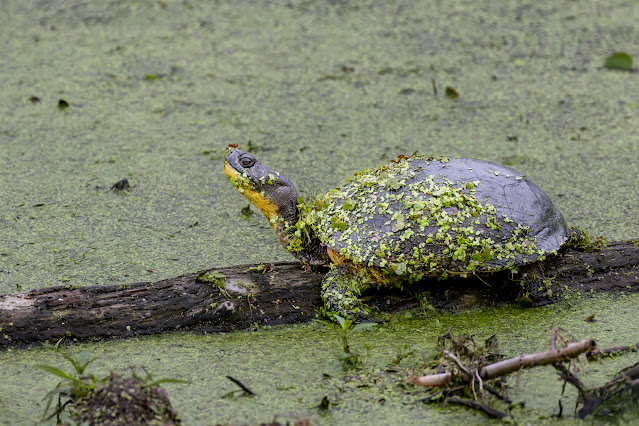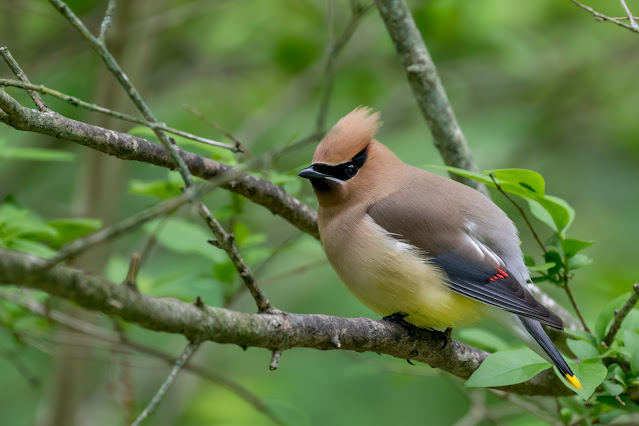A surprise visit.
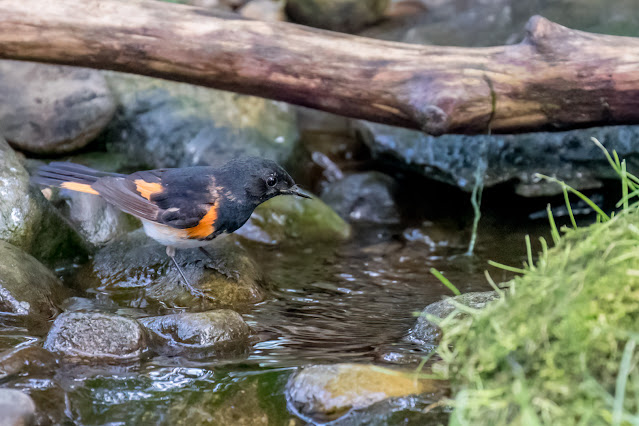
American redstart, Rondeau Provincial Park, June 30, 2022. For most of June we have yellow warblers but no others. This redstart popped in late in the day and was a welcome surprise. Setophaga ruticilla. American Redstarts are common spring and fall migrants in the East. It is a later spring migrant (arriving in May in much of the U.S. and Canada) and a mid-season fall migrant (September-early October). source - Cornell Lab of Ornithology.



